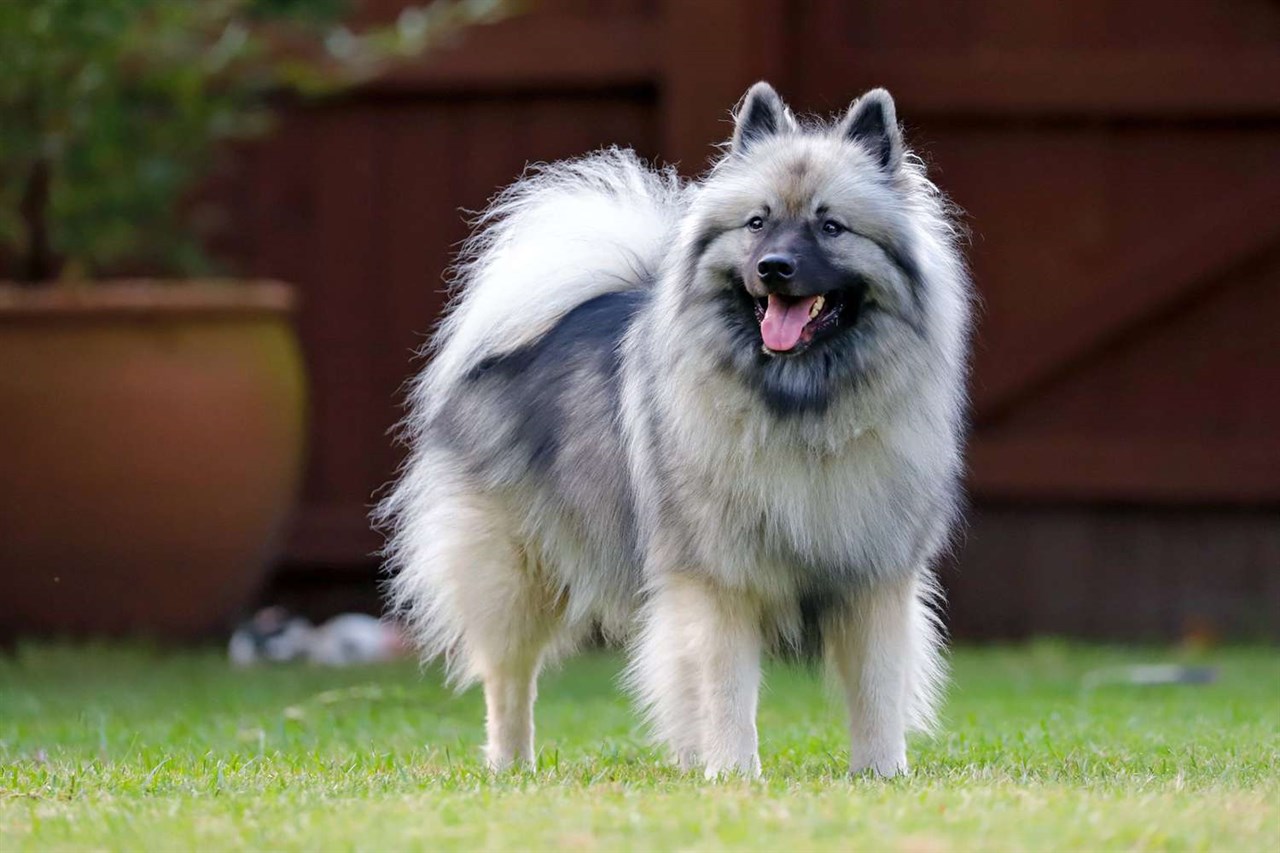Disadvantages of Keeshond Ownership: Considerations for Prospective Owners

While Keeshonds make delightful and affectionate companions, like any breed, they come with their unique set of disadvantages or challenges. Prospective owners should be aware of these potential downsides to make an informed decision about whether a Keeshond is the right fit for them.
Grooming Demands
Keeshonds have a luxurious double coat that requires regular grooming. They shed throughout the year and have seasonal "blowouts" during which they shed their undercoat. This grooming commitment can be time-consuming and may not be suitable for those seeking a low-maintenance dog.
Barking Tendency
Keeshonds are known for their vocal nature. They tend to bark to alert their owners to sounds or visitors. While this can be advantageous in terms of security, it can be a disadvantage if excessive barking becomes a nuisance in a quiet neighbourhood or apartment building.
Moderate Exercise Needs
Keeshonds require regular exercise to stay happy and healthy. Failing to provide them with adequate physical activity and mental stimulation can lead to behavioural issues. Owners with very sedentary lifestyles or those unable to meet these exercise requirements may find a Keeshond challenging.
Separation Anxiety
Keeshonds are prone to separation anxiety when left alone for extended periods. This breed forms strong bonds with their owners and can become distressed when separated. It's important to consider the time and arrangements needed to ensure they are not left alone for too long.
Protectiveness
While their protective nature can be an advantage, it can also lead to over-protectiveness or wariness around strangers. Proper socialisation is essential to prevent excessive guarding behaviour.
Health Concerns
Keeshonds are prone to certain health issues, including hip dysplasia, progressive retinal atrophy (PRA), and von Willebrand's disease. Potential owners should be prepared for potential medical expenses and regular veterinary care.
Sensitivity
Keeshonds are sensitive dogs and do not respond well to harsh training methods or reprimands. Positive reinforcement training is more effective and suitable for their temperament.
Seasonal Shedding
The seasonal shedding of Keeshonds can result in a substantial amount of loose hair around the home. Owners with allergies or a preference for tidy living spaces may find this challenging.
Longevity
While Keeshonds typically have a long lifespan, this means a long-term commitment to their care. Prospective owners should be prepared for the responsibility of caring for a dog for 12 to 15 years or longer.
Energy Level
While not as hyperactive as some breeds, Keeshonds still require regular physical and mental stimulation. Owners who lead very sedentary lifestyles may find it challenging to meet their exercise needs.
In conclusion, Keeshonds are wonderful dogs with many positive qualities, but they also come with some disadvantages or challenges. Prospective owners should carefully consider their grooming, exercise, and training requirements, as well as their sensitivity and potential health concerns, before bringing a Keeshond into their home. With the right preparation and commitment, Keeshonds can be loving and loyal companions for those who appreciate their unique traits.